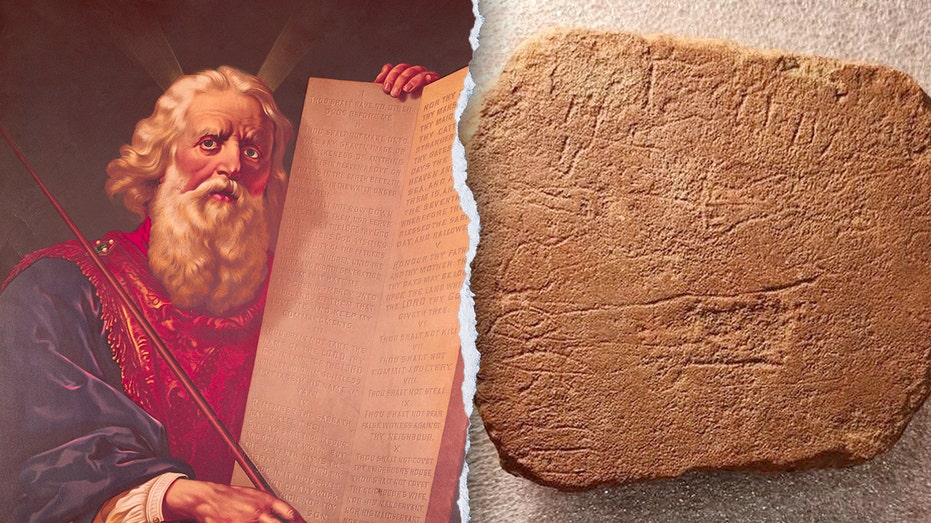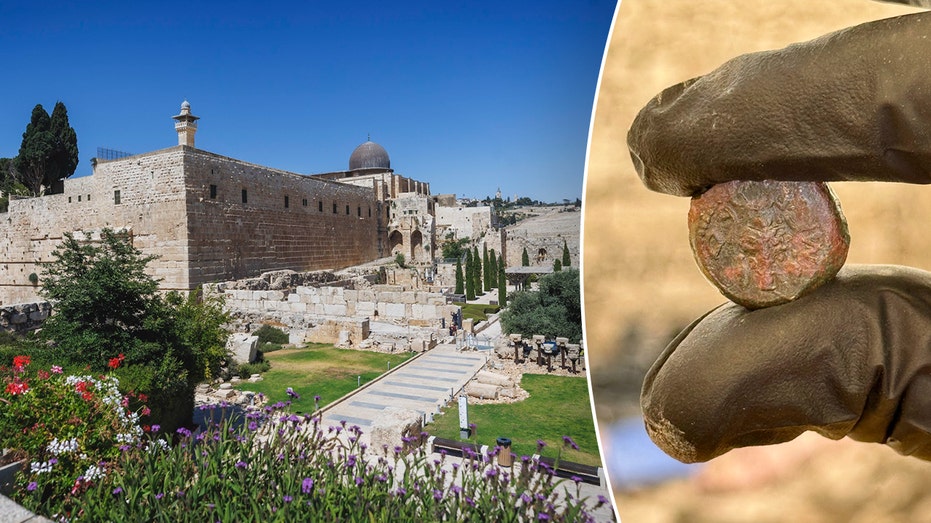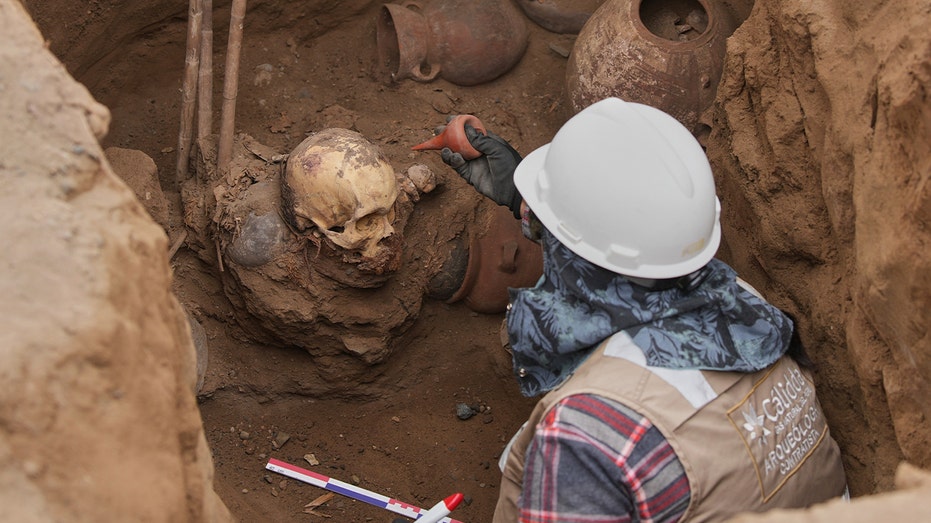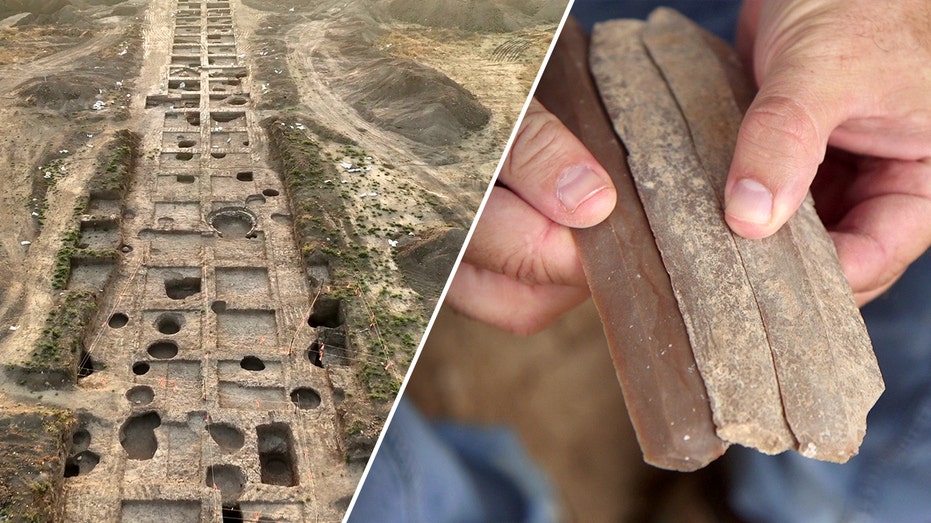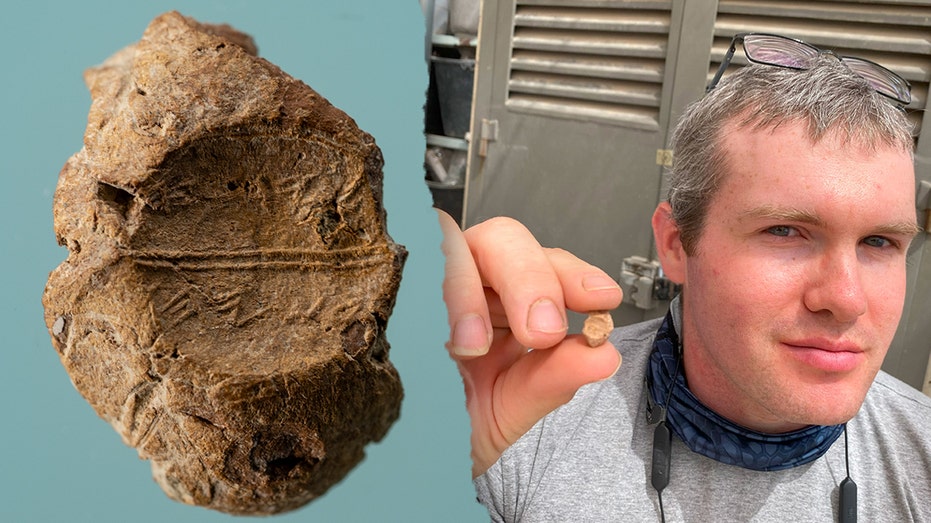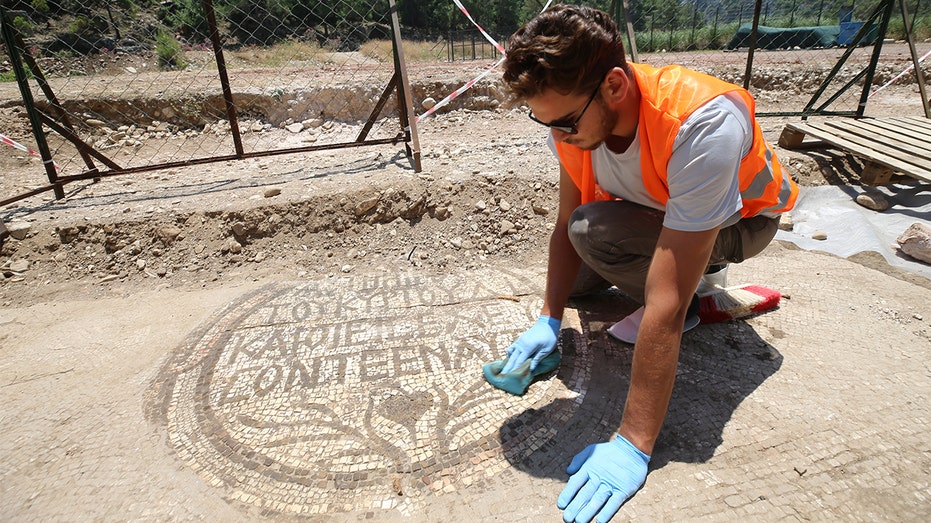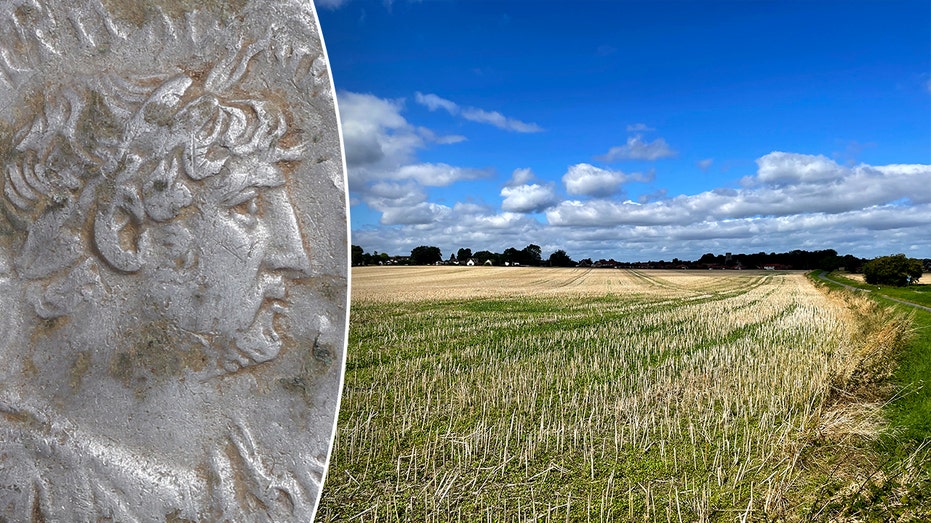Ancient Inscriptions May Hold Earliest Moses Reference: Unpacking the Implications

Sarah Johnson
August 18, 2025
Brief
Analysis of potential oldest written reference to Moses in Egyptian inscriptions. Examines historical context, expert perspectives, and implications for understanding biblical history.
Opening Analysis
The potential discovery of the oldest written reference to Moses, predating the Bible itself, is significant. If verified, it offers a rare extra-biblical glimpse into a pivotal figure in Abrahamic religions and could reshape our understanding of the historical context surrounding the Exodus narrative and the development of early monotheistic beliefs.
The Bigger Picture
The Sinai Peninsula, and specifically Serabit el-Khadim, have long been archaeological hotspots, particularly regarding early Semitic presence in Egypt. Understanding the Middle Bronze Age (circa 2000-1550 BCE) is crucial here. During this period, Semitic-speaking peoples migrated throughout the Levant and Egypt, often engaging in trade and labor-intensive activities like mining. Serabit el-Khadim, known for its turquoise mines, attracted workers from these diverse backgrounds. The inscriptions found there, written in Proto-Sinaitic script (an early form of the alphabet), offer invaluable insights into their language, beliefs, and interactions with the dominant Egyptian culture. Previous discoveries at Serabit el-Khadim have shed light on religious syncretism, with evidence pointing to the worship of both Egyptian and Semitic deities.
What This Really Means
The claim that the inscriptions read "Zot M’Moshe" ("This is from Moses") and "Ne’um Moshe" ("Declaration of Moses") carries profound implications. If substantiated, it places a historical figure named Moses—or someone closely associated with that name—in the Sinai Desert centuries before the generally accepted timeframe for the writing of the Torah. It also suggests that the stories associated with Moses' leadership and religious teachings were circulating orally or in written form much earlier than previously thought. Furthermore, the inscriptions' apparent rebuke of the goddess Ba'alat highlights the religious and cultural tensions present in the region at the time, possibly reflecting an early form of monotheistic or henotheistic belief system clashing with polytheistic practices.
Expert Perspectives
While Michael S. Bar-Ron's work is intriguing, it's crucial to consider perspectives from other scholars in the field. For example, Dr. Christopher Rollston, an expert in Northwest Semitic epigraphy, would likely emphasize the need for rigorous verification of the readings and a careful comparison with other Proto-Sinaitic inscriptions. Dr. Rollston and similar scholars would insist on a high level of confidence in the decipherment before accepting such a significant claim. Other experts, such as Dr. Israel Finkelstein, an archaeologist known for his work on the historicity of the Bible, could offer insights into the archaeological context and the plausible connections between the inscriptions and the broader historical narrative of the Exodus.
Data & Evidence
The Proto-Sinaitic script itself provides valuable data. Its emergence in the Middle Bronze Age and its gradual evolution into later alphabets are well-documented. Statistical analysis of the frequency and distribution of specific characters within the inscriptions can help validate the proposed readings. Comparing the linguistic features of the inscriptions with known Semitic languages of the time (such as Akkadian and Ugaritic) can further strengthen the case for a Mosaic connection. Additionally, archaeological data from Serabit el-Khadim, including the layout of the site, the types of artifacts found, and the evidence of religious practices, can provide context for interpreting the inscriptions.
Looking Ahead
The key step is peer review. Bar-Ron's findings need to be thoroughly vetted by other epigraphists. High-resolution images of the inscriptions should be made publicly available for independent analysis. Further archaeological work at Serabit el-Khadim could uncover additional inscriptions or artifacts that support or refute the proposed readings. If the "Moses" inscriptions are validated, it could spark renewed interest in the historical context of the Exodus story and the origins of monotheism. It will undoubtedly lead to further research and debate among biblical scholars, archaeologists, and historians.
The Bottom Line
The potential discovery of the oldest written reference to Moses in Egyptian desert inscriptions is a tantalizing prospect. While the claim requires thorough verification by the academic community, it underscores the importance of archaeological discoveries in illuminating the complex historical and religious landscape of the ancient Near East. If confirmed, it could significantly impact our understanding of the origins of monotheism and the historical context surrounding the biblical narrative of Moses. It's a reminder that history is a continuous process of discovery and reinterpretation.
Topics
Editor's Comments
While the excitement surrounding a potential Moses reference is understandable, it's important to remember that this is one interpretation among many. The Proto-Sinaitic script is notoriously difficult to decipher, and even slight variations in the reading can drastically alter the meaning. Moreover, the existence of a 'Moses' figure in the Sinai doesn't automatically validate the entire Exodus narrative as presented in the Bible. This discovery, even if confirmed, should be seen as a piece of a much larger and more complex puzzle, not as a definitive answer to long-standing historical questions. It's important to approach these claims with a sense of cautious optimism and a commitment to rigorous scholarly analysis. This is a wonderful start for an upcoming archeologist, but more work needs to be done to confirm if this can be included in the larger view of history.
Like this article? Share it with your friends!
If you find this article interesting, feel free to share it with your friends!
Thank you for your support! Sharing is the greatest encouragement for us.
